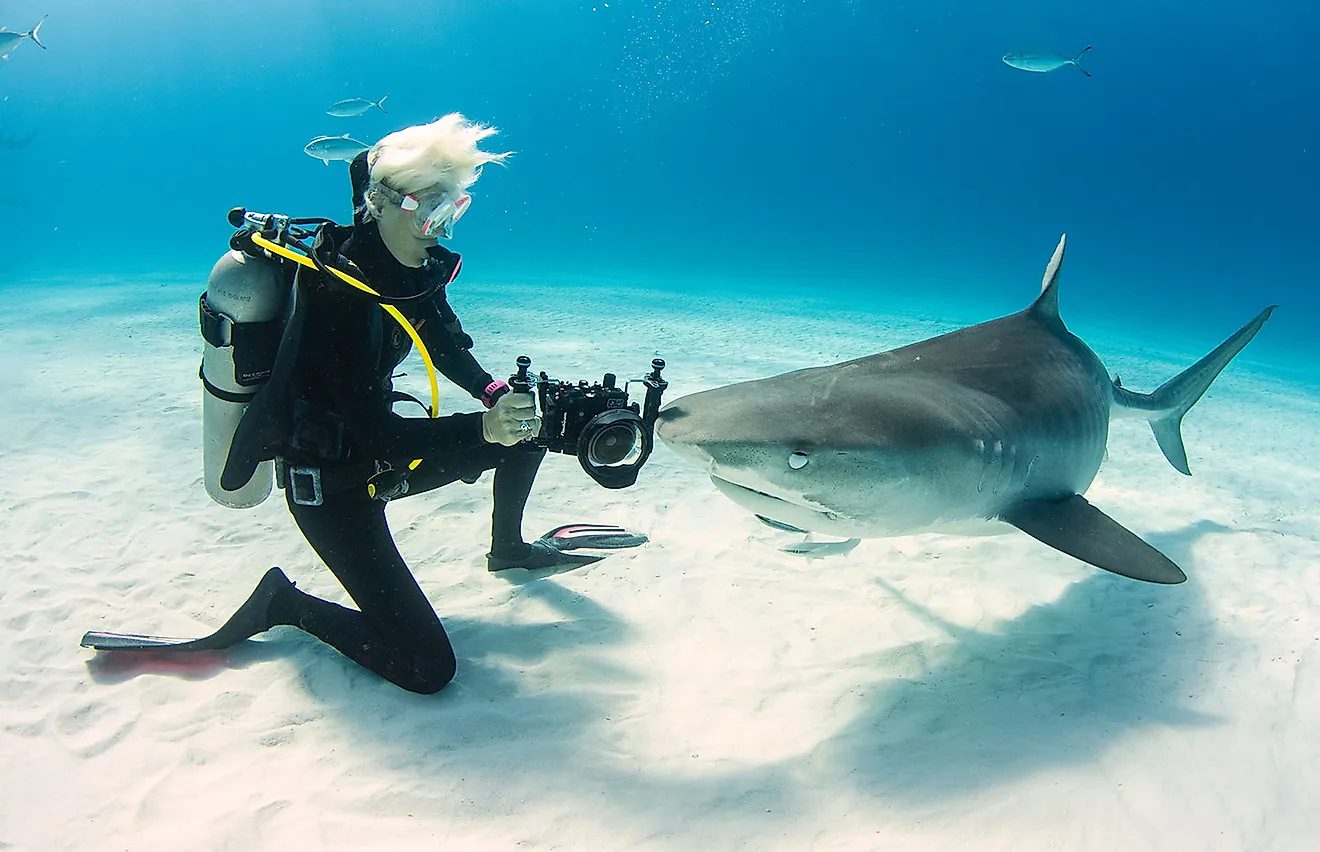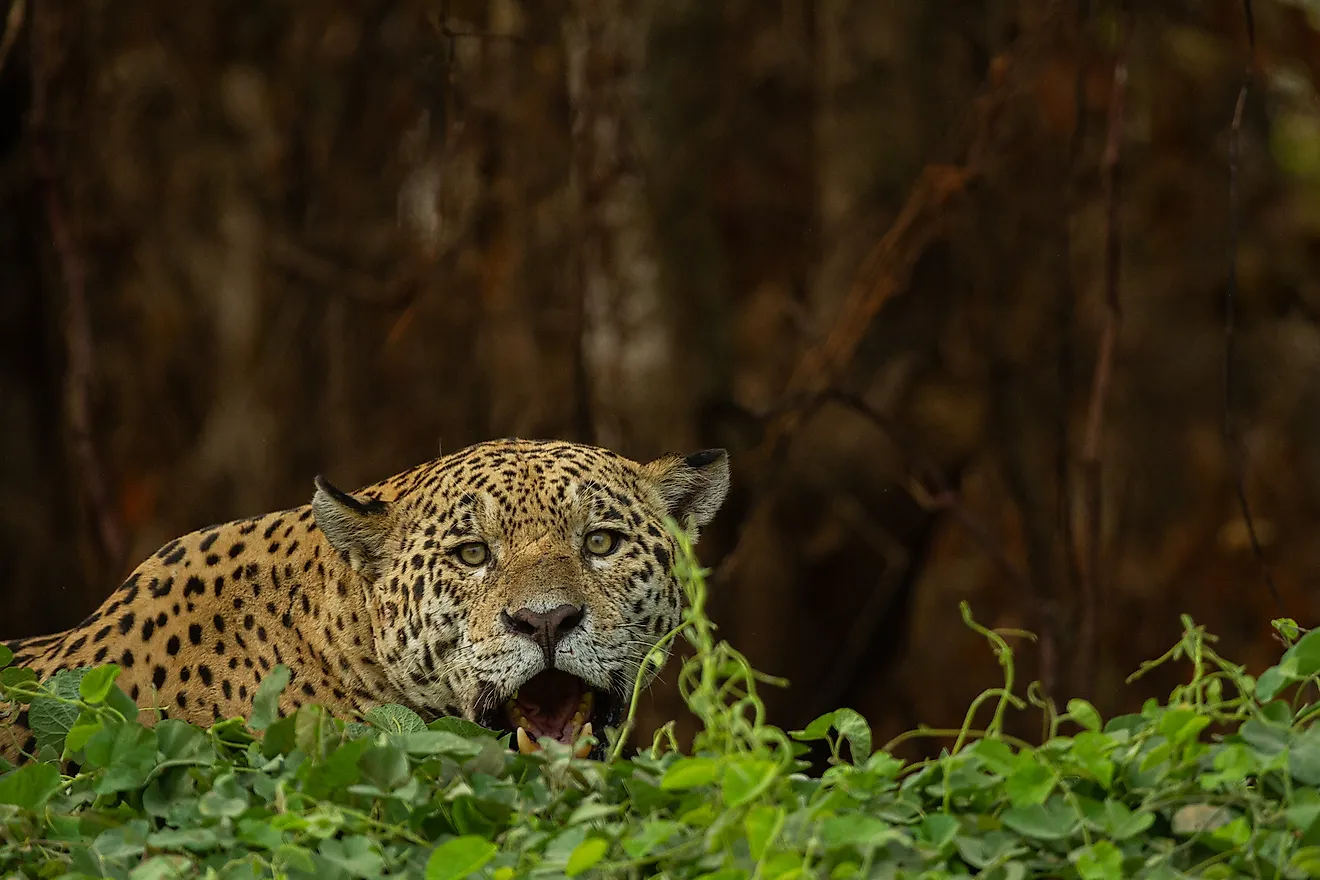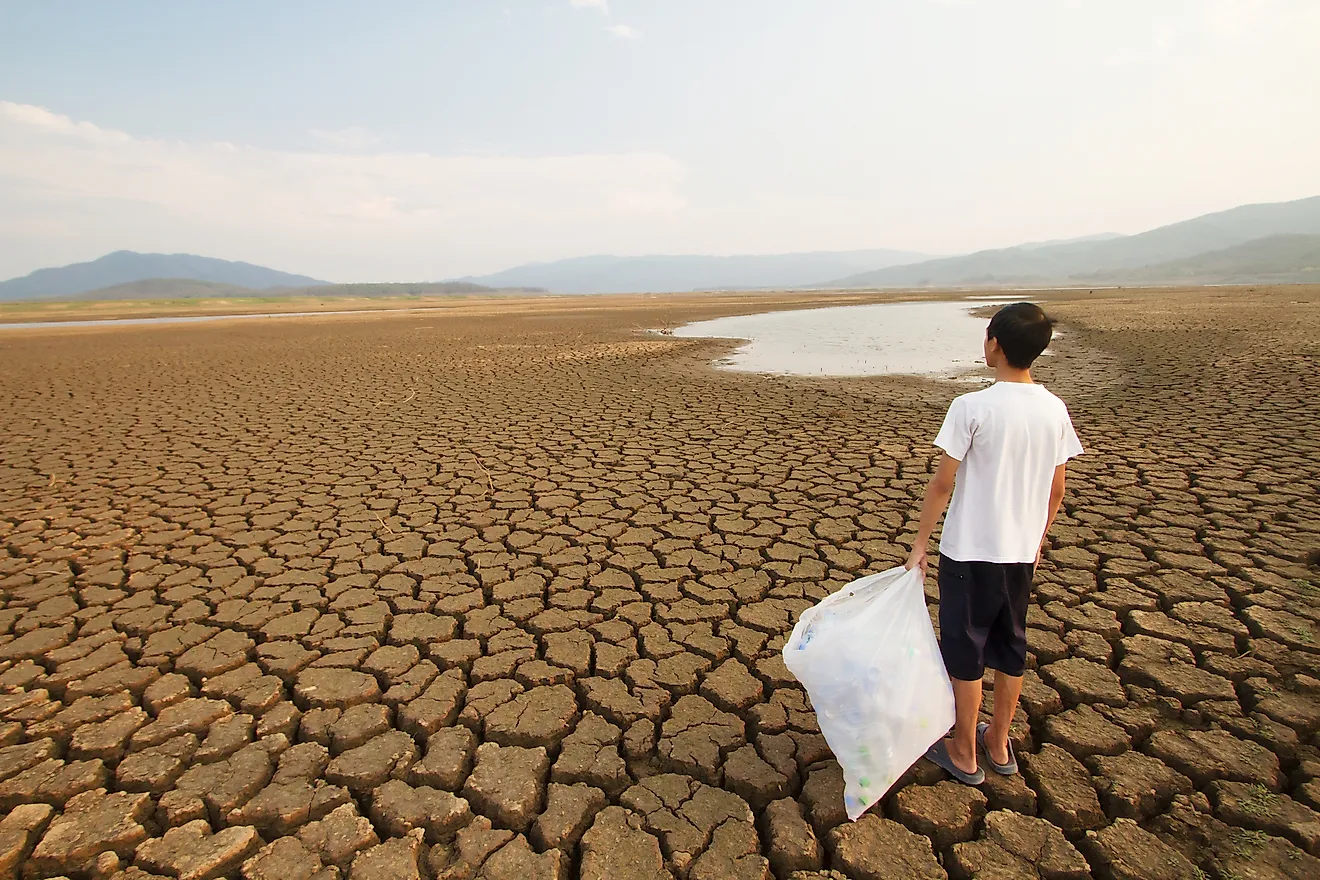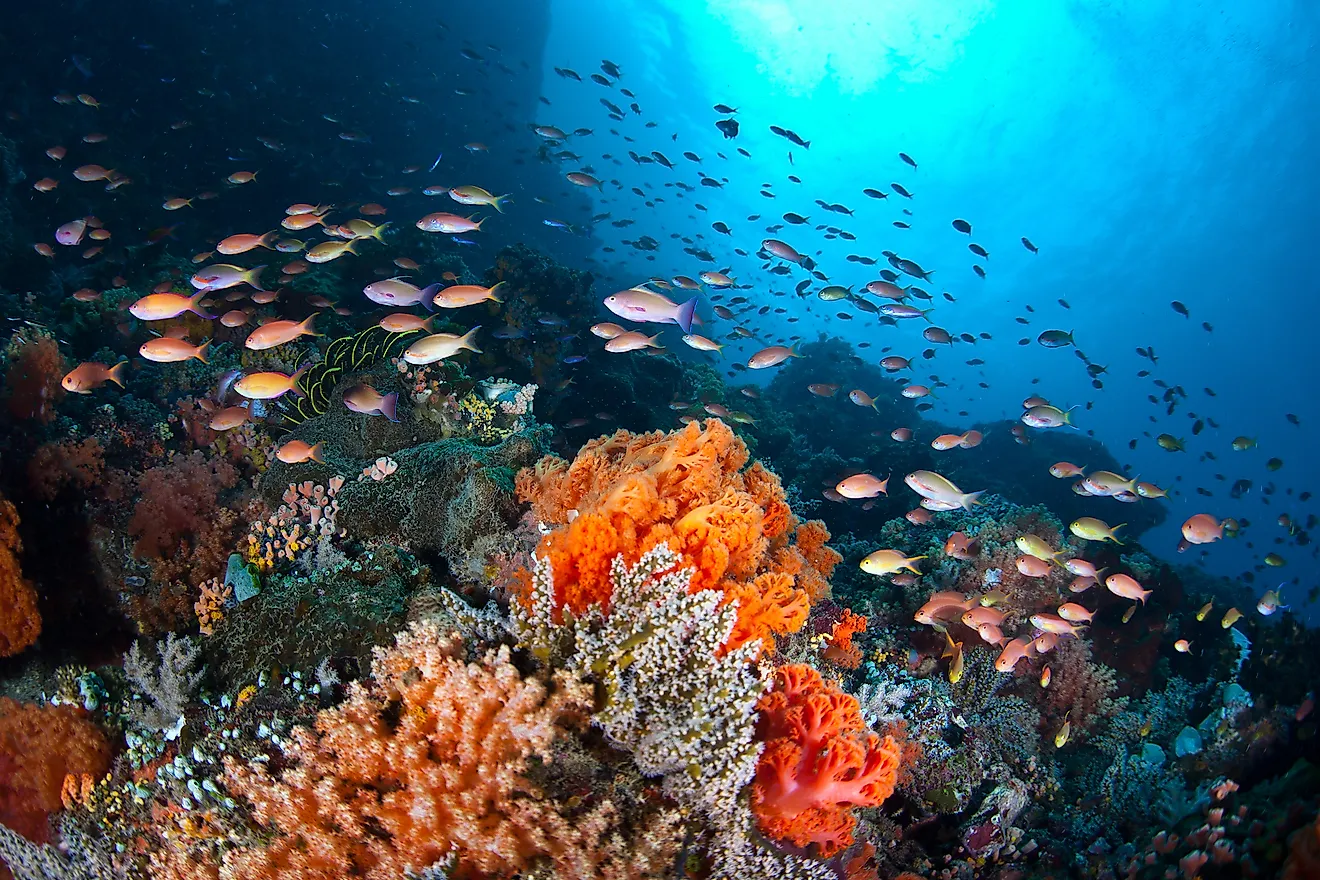Largest National Parks, Reserves, And Protected Areas On Earth
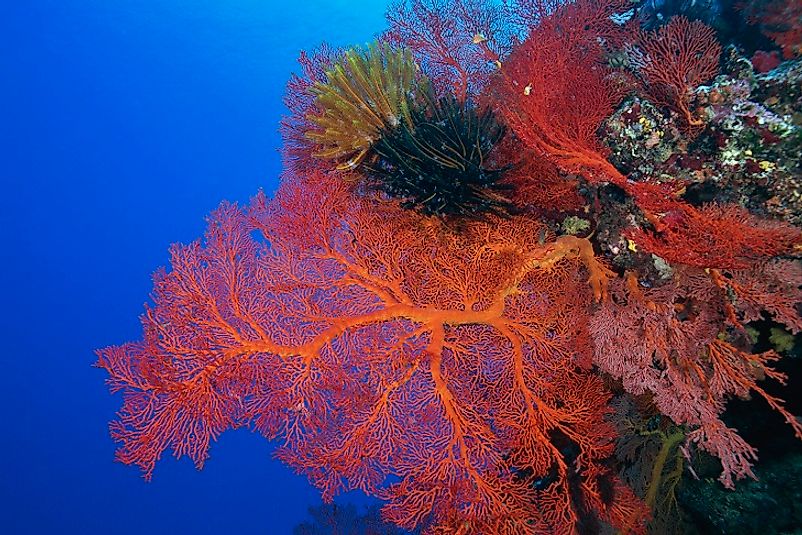
Natural Park of the Coral Sea
This park located in New Caledonia, a southwest Pacific island, is an area of 499,217 square miles that protects an intricate ocean ecosystem. This is the world’s largest marine park and provides safe harbor to 25 marine mammals, 48 shark species, 5 marine turtles, and the second largest coral reef system in the world. Established on May 28, 2014, the Natural Park of the Coral Sea also helps to protect the fishing industry of the island’s inhabitants which provides jobs to thousands of individuals. This island is a French territory and one of its major problems is the lack of patrols to enforce protection. Tourists visit year long, most of them from Australia.
Pacific Remote Islands
The Pacific Remote Islands Marine National Monument is a group of US territory islands managed by the US Fish and Wildlife Service. This reserve is necessary to protect various endemic coral, fish, seabirds, and marine mammal species. The National Monument has enjoyed protected status since January of 2009 and was expanded in 2014 to cover 490,343 square miles. Resource extraction and commercial fishing are prohibited here. Visitors require a special permit that is generally reserved for researchers.
South Georgia Marine Protected Area
Created in 2012, the South Georgia Marine Protected Area is located in South Georgia and the Sandwich Islands, UK territory. This area includes 413,129 square miles in the South Atlantic Ocean with significant "no-fishing zones" around the islands. The endangered wandering albatross, penguins, and seals make their homes here. The islands are a popular place for tourists, however, because of the threat to the environment, only small cruise ships are allowed to dock here.
Coral Sea Commonwealth Marine Reserve
This protected area covers 382,180 square miles and is governed by Australia. The Coral Sea Commonwealth Marine Reserve is a key nesting ground for green turtles and seabirds. The waters host sharks, albacore, marlin, and albacore tuna. The government does, however, allow for some resource extraction which is a threat to maintaining the area’s natural conditions. Tourism activities include whale watching, snorkeling, scuba diving, charter fishing (managed by the government), and cruising.
Northeast National Park
This 375,291-square mile park is the northernmost national park in the world and encompasses the interior and north east coast of Greenland. The Northeast National Park was founded in 1974 and expanded 14 years later. A large portion of the land is covered in ice sheets and home to polar bears, walruses, and musk oxen while the waters off the coast house several seal species and whales (including the narwhal and beluga species). The only people with regular access are hunters from a native Inuit tribe and receives roughly 500 visitors a year.
Chagos
The Chagos Archipelago Islands lie in British Indian Ocean Territory and include more than 60 islands. The islands and their surrounding waters comprise 247,105 square miles and contain the world’s largest coral atoll (a ring-shaped coral reef). The area became a protected zone on April 1, 2010 and on March 18, 2015, it was declared a violation of international law. Surrounding the islands with no-fishing zones would prohibit the original inhabitants (who were exiled in the 70’s) from returning. Mauritius now claims ownership over the islands and the government is against the prohibition of fishing and resource exploration. At least 60 species living here are listed on the International Union for the Conservation of Nature’s Red List of Threatened Species.
Hoggar National Park
The Hoggar National Park, also known as Ahaggar National Park, is located in Algeria and includes 173,746 square miles of desert mountainous area. This park is important for the Saharan cheetah (or Northwest African cheetah) and is also home to many other species that have disappeared in other areas of the African continent. The Ahaggar Mountain range is here and helps to keep the climate from being too extreme, as in other areas of the Sahara.
Phoenix Islands
The Phoenix Islands Protected Area, located in the Central Pacific Ocean, covers 157,626 square miles and is managed by the Republic of Kiribati. The government formed this protected reserve in collaboration with Conservation International and the New England Aquarium in order to conserve this delicate ecosystem. Fishing, however, is still permitted here. Birdlife International has named 5 of the islands in this system as important bird areas and the surrounding waters shelter around 514 fish species. The native plants and animals are threatened by invasive species, such as rats, that could alter the balance of biodiversity. The only way to visit the islands is by private plane or boat.
Kavango-Zambezi Transfrontier
The Kavango-Zambezi Transfrontier (KAZA) stretches across several borders and is located in Angola, Botswana, Namibia, Zambia, and Zimbabwe in an amazing international effort towards nature preservation. The area extends over 149,473 square miles. KAZA incorporates at least 2 deltas, 2 national parks, and the famous Victoria Falls. This large reserve is home to many unique animals including the African elephant, cheetah, and the endangered African wild dog, Wattled crane, and Nile crocodile. The agreement was signed in December of 2006 and created the largest terrestrial reserve in the world.
Papahanaumokuakea Marine National Monument
This area encompasses 10 islands and atolls of the Northwest Hawaiian Islands in the US and includes 138,997 square miles. Protecting this area does more than conserve the wildlife, but also helps to preserve the native Hawaiian culture. The National Oceanic and Atmospheric Administration oversee the area, however, the Hawaiian Islands National Wildlife Refuge within the monument is administered by the US Fish and Wildlife Service. Of 7,000 species living here, 25% are endemic to the region including many endangered Hawaiian animals, such as the Hawaiian Monk seal, Nihoa finch, Nihoa millerbird, and Laysan albatross. Commercial fishing has been prohibited and the area is only open for Native Hawaiian use and limited tourism.
Largest Nature Reserves And Protected Areas On Earth
| Rank | Protected Area, Country | Area |
|---|---|---|
| 1 | Natural Park of the Coral Sea, New Caledonia | 499,217 square miles |
| 2 | Pacific Remote Islands, United States | 490,929 square miles |
| 3 | South Georgia Marine Protected Area, South Georgia and the Sandwich Islands-United Kingdom | 413,129 square miles |
| 4 | Coral Sea Commonwealth Marine Reserve, Australia | 382,180 square miles |
| 5 | Northeast National Park, Greenland | 375,291 square miles |
| 6 | Chagos, British Indian Ocean Territory | 247,105 square miles |
| 7 | Hoggar National Park, Algeria | 173,746 square miles |
| 8 | Phoenix Islands, Kiribati | 157,626 square miles |
| 9 | Kavango-Zambezi Transfrontier, Angola-Botswana-Namibia-Zambia-Zimbabwe | 149,473 square miles |
| 10 | Papahanaumokuakea, United States | 138,997 square miles |


